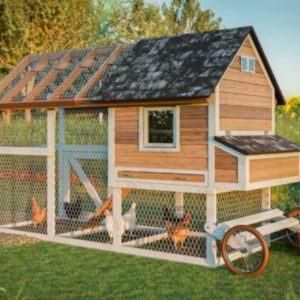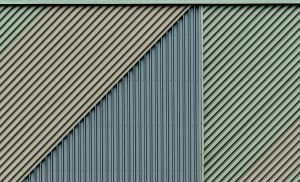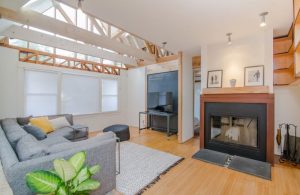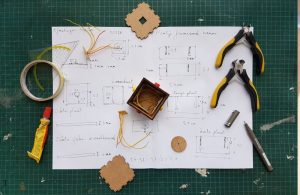Last Updated on June 10, 2024 by teamobn
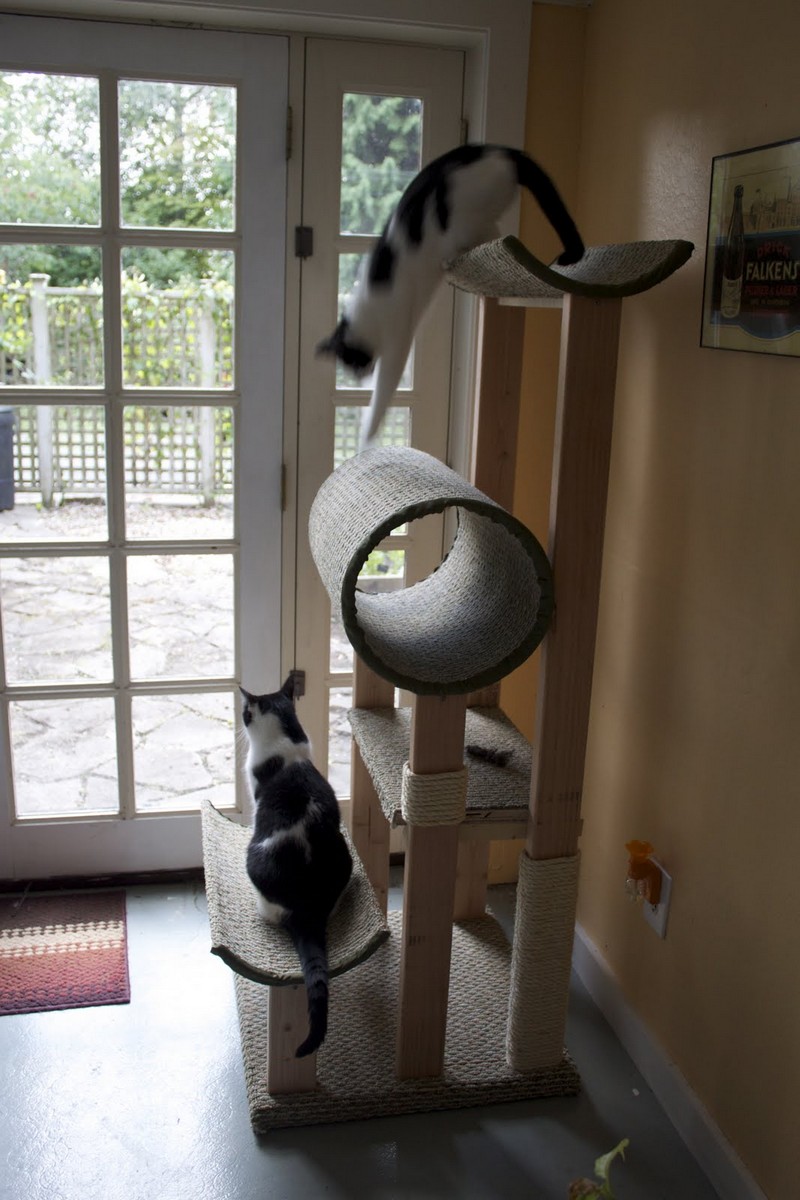
While many cat owners love the idea of their feline friends having a designated place to sleep, some are not so thrilled about the idea of a cat tower taking up space in their homes.
If you’re looking for a way to keep your cat off of your furniture without sacrificing space in your home, this cat tower might be the answer. Made with sturdy materials and featuring a variety of perches, your cat will love spending time in this tower while you’ll love having your furniture free of cat hair and claw marks.
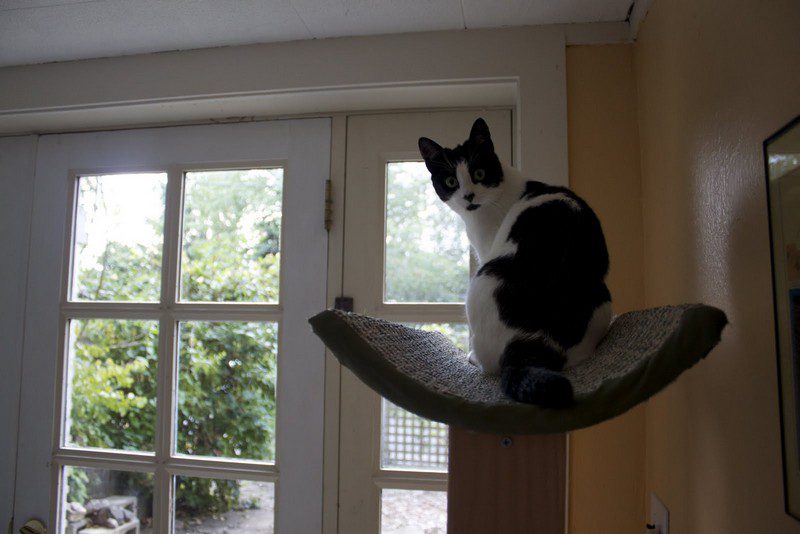
The thing with having a cat is that you know you’re not the king (or queen) of the castle unless you make them their own cat space. Cats love high places because they can see everything from up there.
The higher you make the perches for your cat tower, the better for them because they will be able to see even more.
Don’t worry about the height so much, cats can easily land on their feet with the agility of an Olympian gymnast. Cats have a very strong sense of balance and are able to orient themselves in mid-air, so they can land on their feet no matter how high they fall from.
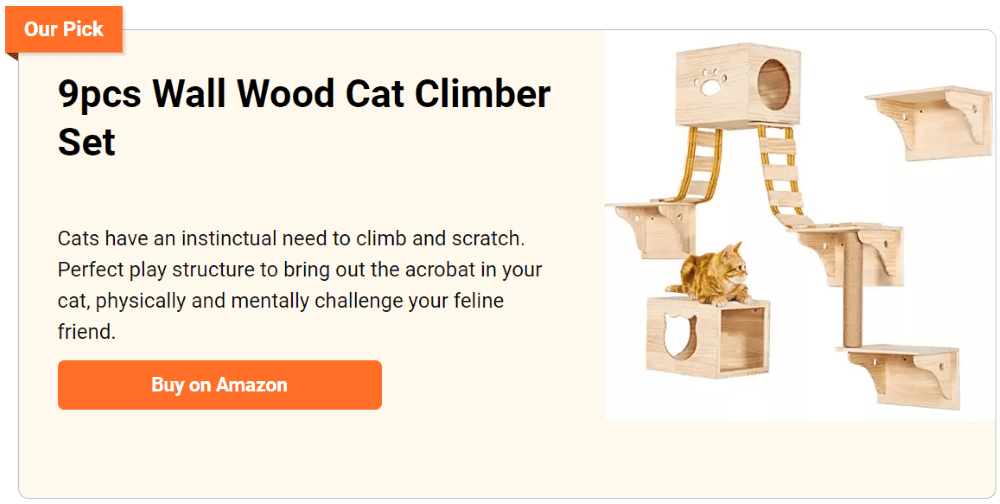
What’s even better about the cat tower is that it doesn’t take up a lot of space. Since it stands tall, not wide, it’s perfect for small apartments or homes. Plus, the sturdy base ensures that it won’t topple over, no matter how playful your cat gets.
When your cat is bored, give them a challenge, like climbing up a high perch. This allows them to exercise their muscles, and brain power and gives them a longer attention span.
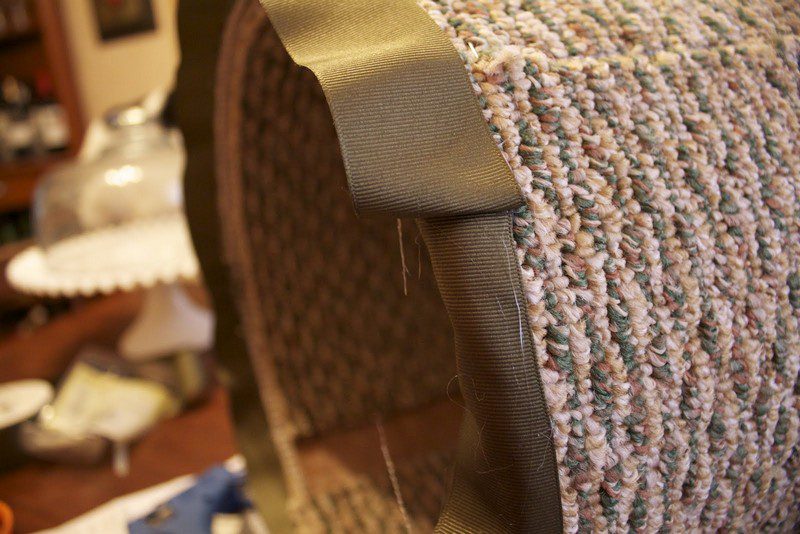
If you want to give your cat the best quality of life, you should get them a perfect cat tower that fits them. Cats are smart, sometimes too smart. This can be a problem when they get bored, which is why a little challenge would be a welcome addition to their lives.
You can make your DIY Cat Tower perches flat, curved, or with a crawl space (they love that!) that they can tuck and curl their flexible bodies into. This will give them something to do and keep them from getting into trouble.
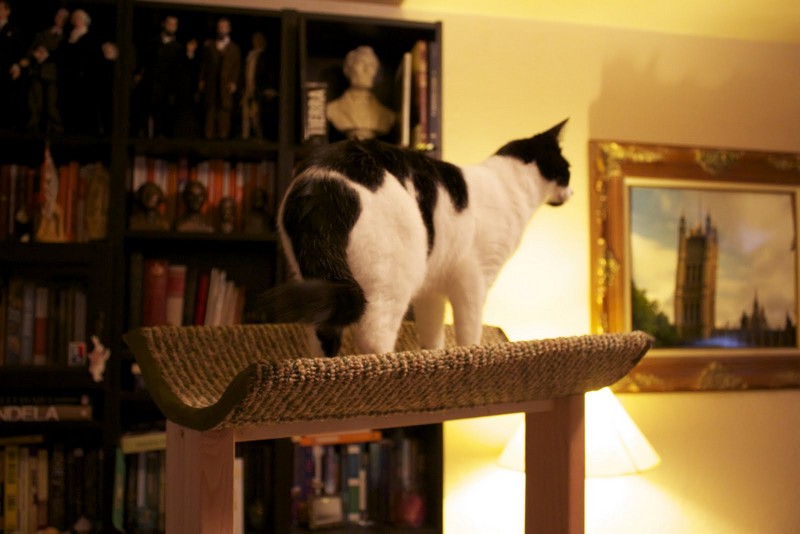
You can also put some texture on the surface of the perches by lining it with cut-out carpet, or any upholstery material that your cat likes. This will give your cat something to grip on, and it will also help to keep their claws from getting too sharp.
Additionally, it will provide your cat with a comfortable place to rest their feet. Cats have different personalities, you would know what yours like most. 🙂
Would your furry friends love a homemade Cat tower? You could make it out of recycled materials, like cardboard boxes, and they would have a blast climbing and scratching to their heart’s content. Plus, it would be a great way to keep them entertained and amused.
Building a Cat Tower
Materials
- 1” thick Wood Boards
- Cardboard Forms (the ones used for making concrete pipes)
- Nuts and Bolts
- Washers
- Screws
- Wood Glue
- Carpet
- Spray Adhesive
- Hot Glue
- Thick Ribbon
Tools
- Drill
- Screwdrivers
- Clamps
- Tape Measure
- Circular Saw
- Marker
- Cutter
- Staple Gun
Instructions
Step 1: Design and Planning
- Measure and Plan: First, decide on the dimensions of your cat tower. Use the tape measure and marker to plan and outline the sizes on the wood boards and cardboard forms. Consider the number of levels and their spacing based on your cat’s agility and preferences.
Step 2: Cutting Materials
- Cut Wood Boards: Use the circular saw to cut the wood boards according to your measurements. These will serve as the base and levels of the cat tower.
- Prepare Cardboard Tubes: Cut the cardboard forms to create cylindrical perches or tunnels. Use the cutter for precision.
Step 3: Assembling the Base
- Construct Base: Use the thicker wood board as the base to ensure stability. Apply wood glue to secure the layers, and then reinforce with screws using the drill.
- Attach Washers and Bolts: For additional stability, fix bolts through the base with washers at each end.
Step 4: Attaching Levels
- Position Levels: Arrange the wooden shelves (levels) along the height of the tower. Space them evenly or according to your design.
- Secure Levels: Use the drill to fix each level with screws. Ensure each is stable before adding another.
Step 5: Adding Cardboard Features
- Integrate Cardboard Tubes: Position the cardboard tubes as additional perches or hideouts. Secure them with hot glue, and reinforce with screws if necessary.
Step 6: Carpeting
- Measure and Cut Carpet: Measure the carpet to cover the wood boards and cardboard. Cut it to size with the cutter.
- Attach Carpet: Use spray adhesive to fix the carpet to the surfaces of the wood and cardboard. For edges and tougher areas, use hot glue to ensure it sticks well.
Step 7: Finishing Touches
- Install Thick Ribbon: Wrap thick ribbon around exposed areas or use it to create a decorative trim. Secure with the staple gun.
- Safety Inspection: Check all levels and components for stability and sturdiness. Ensure all screws are tight and there are no sharp edges.
Step 8: Personalization
- Add Personal Touches: Customize the cat tower by adding toys, additional scratching posts, or painting the exterior.
Step 9: Final Check
- Inspect the Tower: Make a final inspection of the cat tower for any loose parts or potential hazards. Make sure it is completely safe for your cat to use.
Step 10: Introduction
- Introduce Your Cat to the Tower: Let your cat explore the new tower. Place some of their favorite treats or toys on various levels to encourage exploration.
Click on any image to start the lightbox display. Use your Esc key to close the lightbox. You can also view the images as a slideshow if you prefer 😎
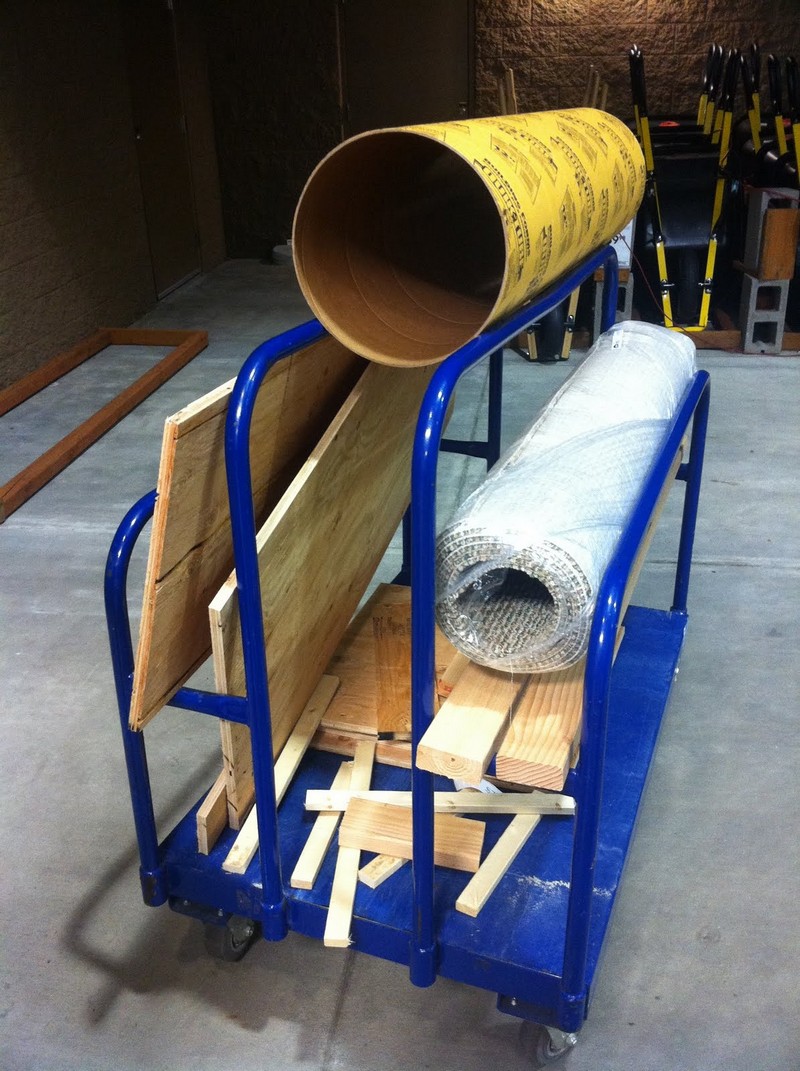
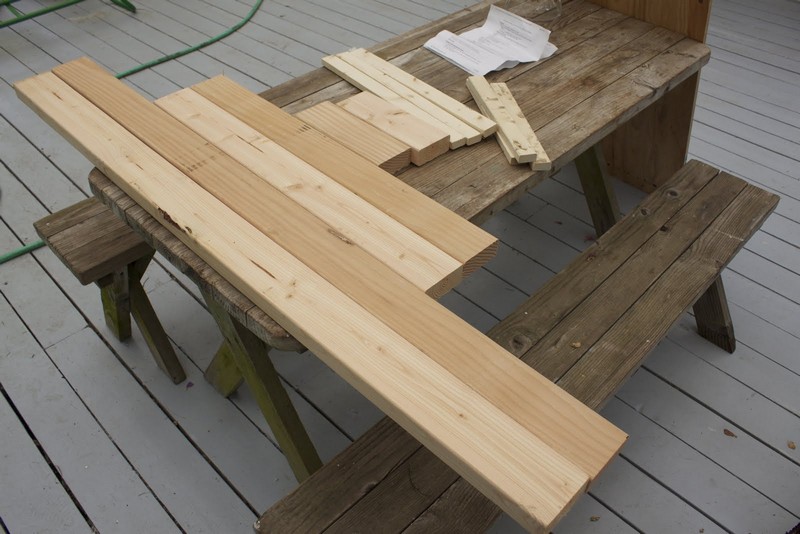
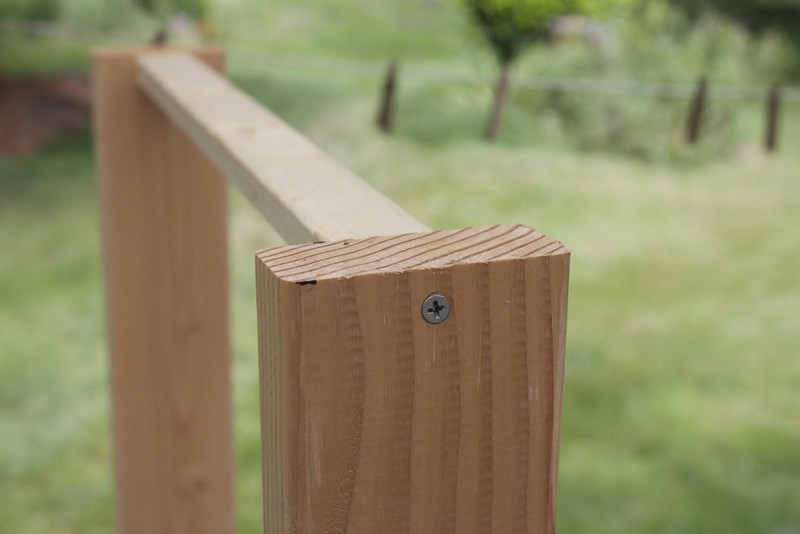
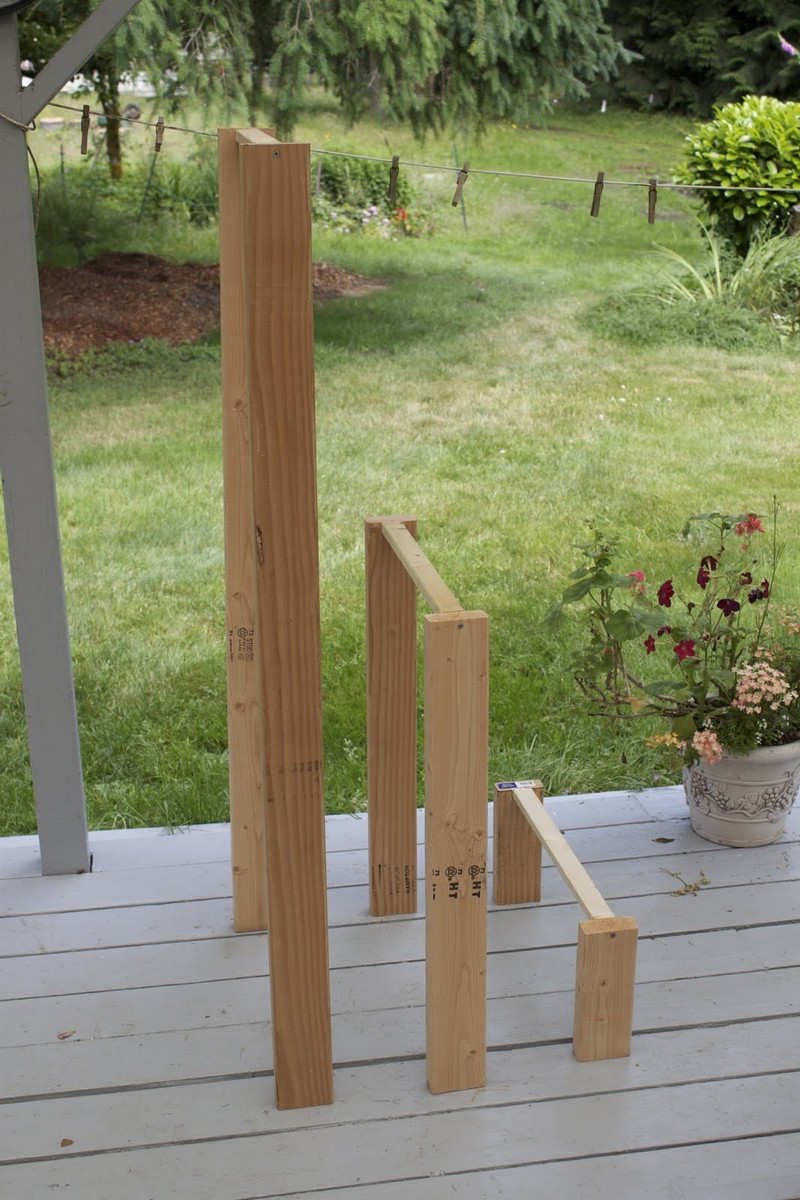
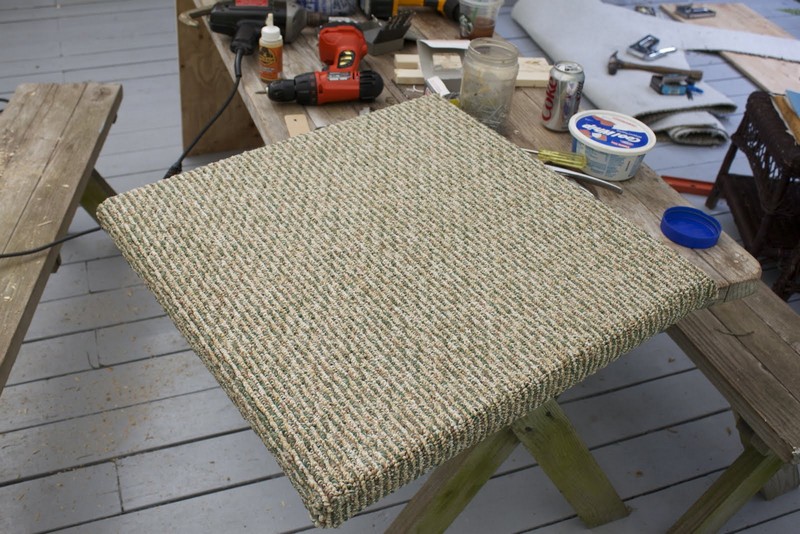
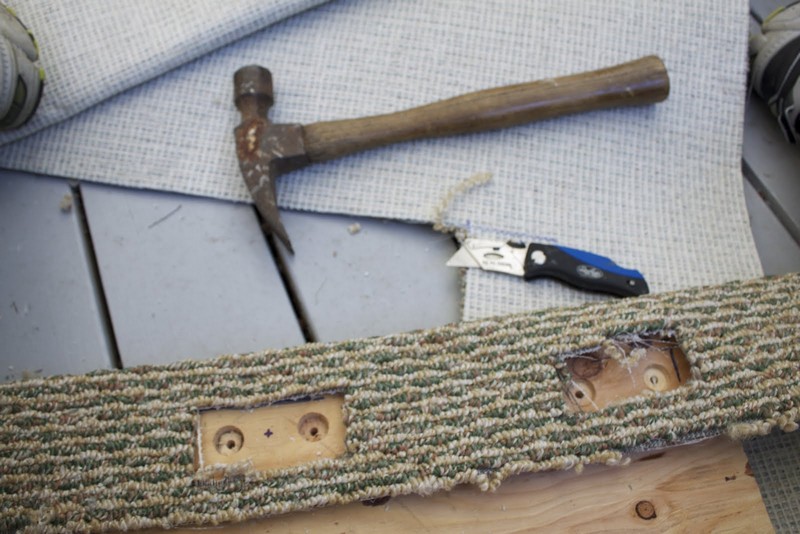
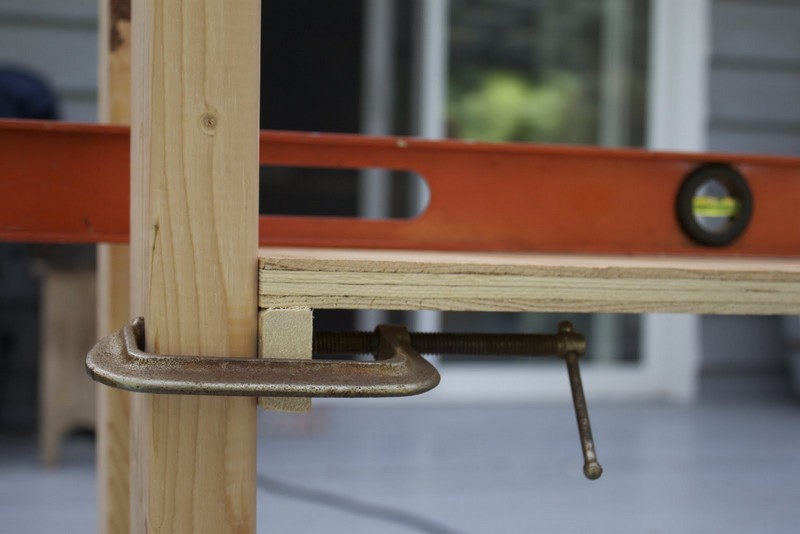
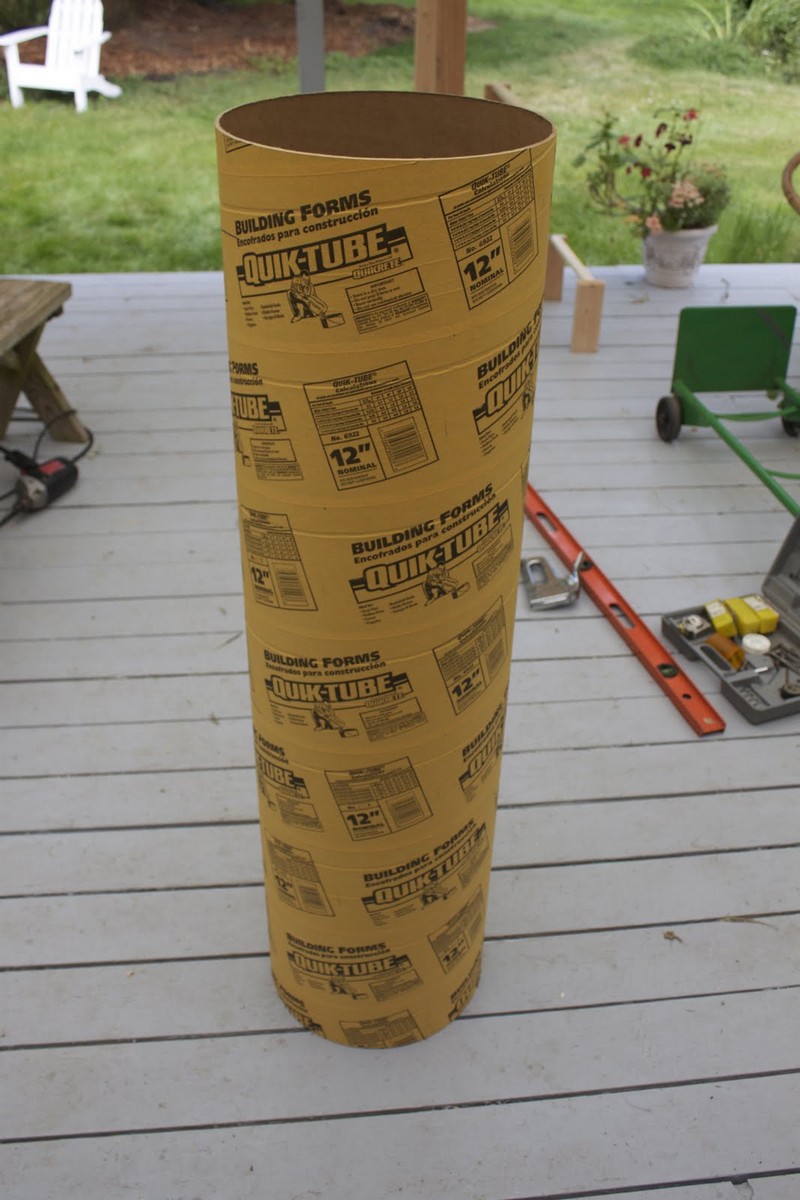
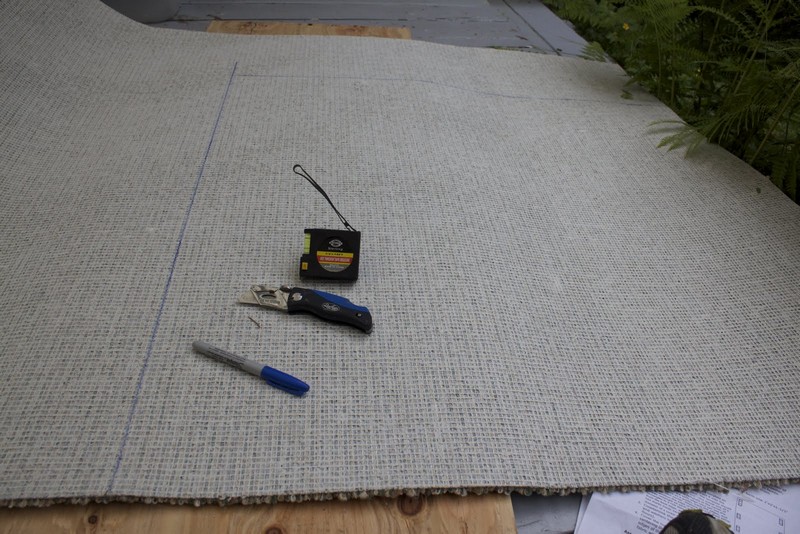
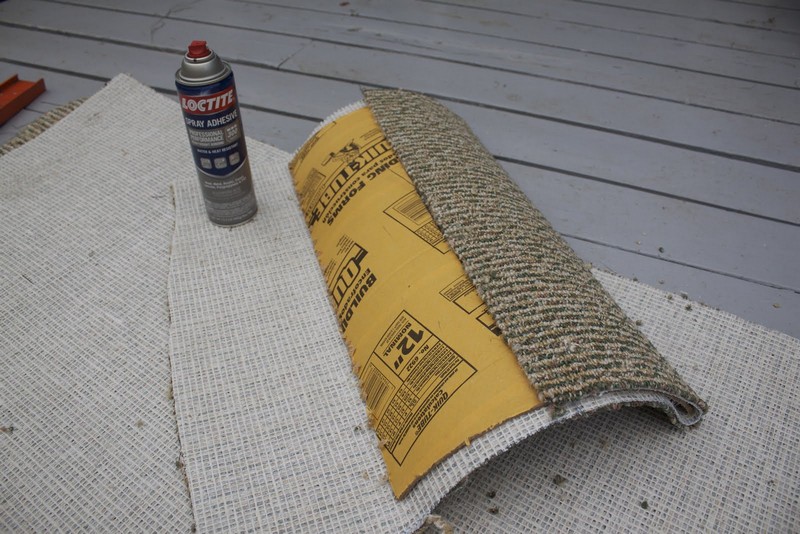




You can more step-by-step instructions here…
Interactive Features
Integrating interactive features into a cat tower can significantly enhance the engagement and enjoyment of your cat. By adding elements that stimulate play, exploration, and relaxation, a cat tower becomes more than just a piece of furniture; it turns into a dynamic activity center that caters to all your cat’s instincts and needs.
Motion-Activated Toys
Installing motion-activated toys on the cat tower can provide endless entertainment for your cat. These toys can be attached to various levels of the cat tower, swinging or vibrating when touched. This not only encourages play but also helps keep your cat physically active and mentally sharp.
Sound Elements
Consider incorporating sound elements into the cat tower design. Small speakers can be embedded within the perches or base, playing soft music or stimulating nature sounds when your cat steps on certain areas. This auditory stimulation can make the cat tower a more intriguing and comforting space for your pet.
Light Features
Adding light features can captivate your cat’s attention and improve their interaction with the cat tower. Small LED lights can be fitted along the edges of the tower or within the tunnels, flashing or changing colors to attract your cat’s curiosity. These lights can be especially entertaining during the evening or in dimly lit rooms.
By incorporating these interactive features, your cat tower will not only provide a safe space for climbing and resting but also become a center of activity that stimulates your cat’s senses and keeps them engaged throughout the day.
Design Variations for Different Cat Personalities
Cats have distinct personalities, each requiring different features in their environment to feel content and stimulated. When designing a cat tower, it’s important to consider these varied personalities to ensure that the tower meets the specific needs of your cat.
Here, we explore design variations tailored to different cat personalities, making the cat tower not only a functional structure but also a personalized retreat.
For the Playful Cat
Playful cats thrive on constant stimulation and adventure. For these energetic spirits, incorporate multiple levels with varying obstacles such as hanging toys, spring-loaded pads, and even a mini rope bridge. Ensuring that parts of the cat tower are designed for jumping and batting will keep these lively felines engaged and satisfied.
For the Timid Cat
Timid cats prefer safe, enclosed spaces where they can observe without being seen. Designing a cat tower for these cats means including cozy hideaways and tunnels, with lots of soft bedding and even covered platforms. Soft, muted colors can also make the tower feel safer and more inviting to a shy cat.
For the Climber
Cats that love to climb need a cat tower that challenges their climbing skills. Tall structures with vertical and horizontal elements work well, as do designs that incorporate safe climbing materials like sisal rope or rough fabric. Adding a high perch at the top gives these climbers a rewarding view after a good climb, satisfying their need to survey their surroundings from above.
For the Older Cat
Older cats need comfort and easy accessibility. Their cat tower should have lower platforms, more ramps instead of steps, and extra-padded sleeping areas to soothe their joints. Non-slip surfaces and supportive sides for easy climbing and descending will help maintain their independence while keeping them safe.
By considering the unique personality of your cat when designing their cat tower, you ensure that the structure not only serves as a fun and engaging piece of furniture but also as a comforting and stimulating environment tailored to their specific needs and behaviors.
Conclusion
Building a DIY cat tower offers a wonderful opportunity to create a personalized space that caters to your cat’s instincts and comforts. This project not only saves money but also allows you to bond with your pet through a structure that meets their unique needs. As a result, your cat enjoys a dedicated space for play, rest, and observation, enhancing their quality of life.
If you liked this project, you will also like viewing these easy DIY projects…


